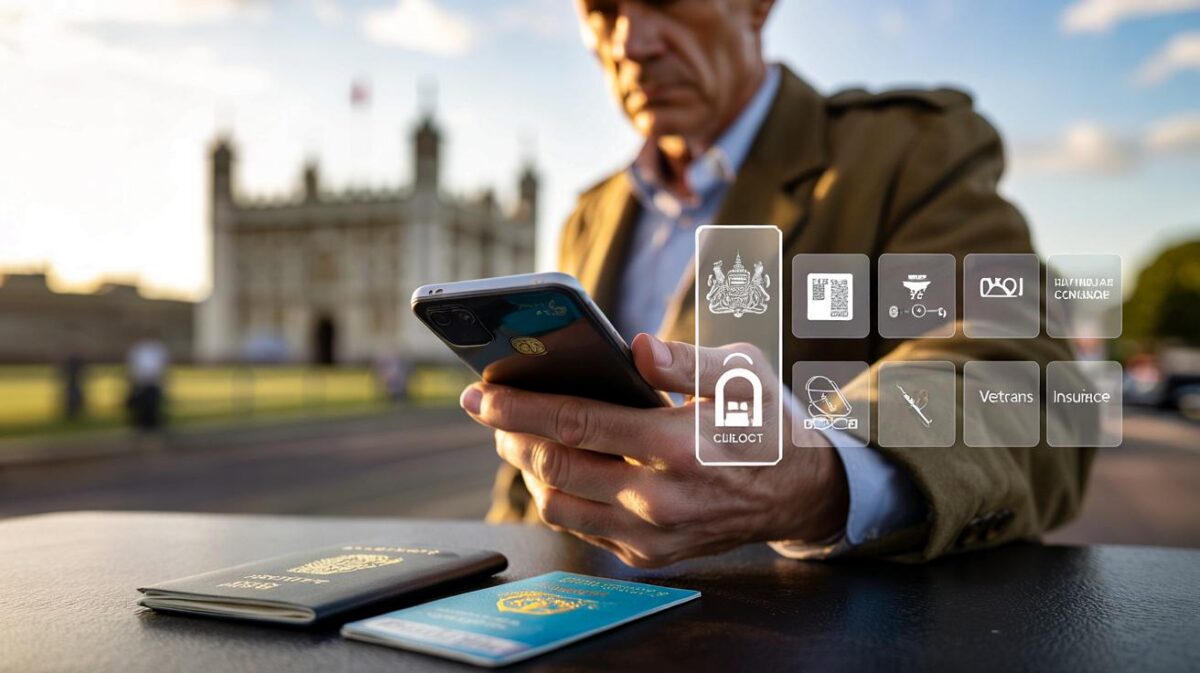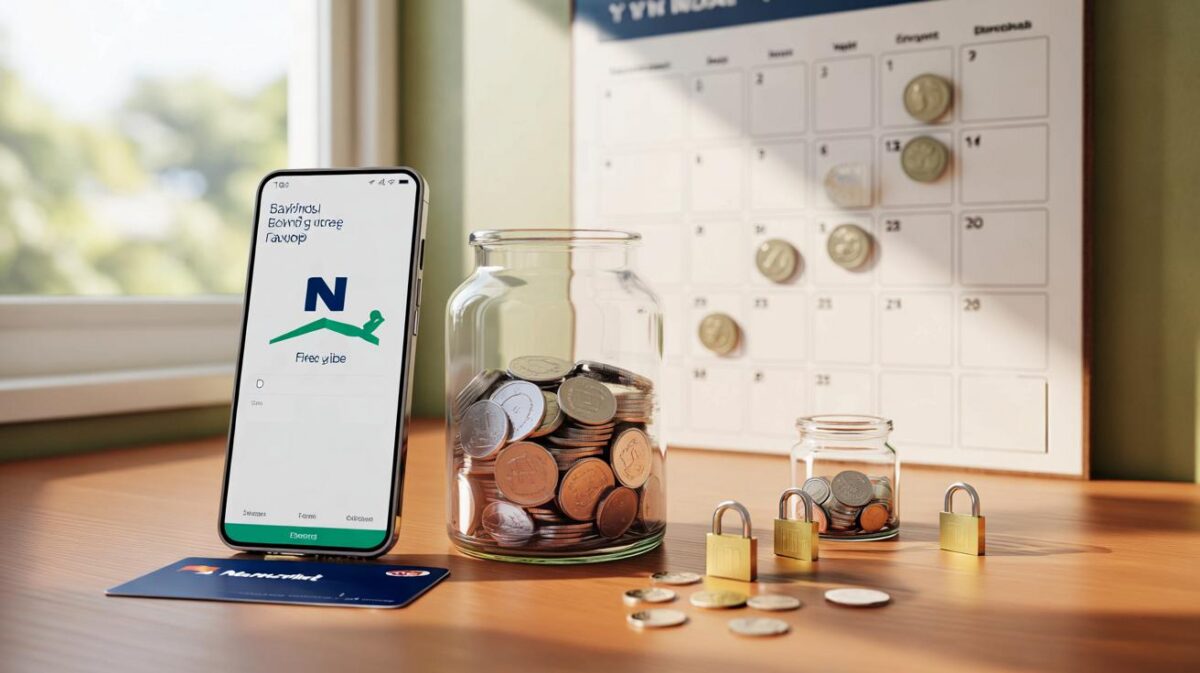A quiet shift is gathering pace across homes and offices as people swap lever-arch binders for phones and cloud drives. The maths is blunt: 12 minutes a day spent hunting, printing and filing adds up to roughly nine working days a year. Factor in paper, ink and lost taxi receipts and you can easily spare £300. The tools look technical. The gains feel human.
Why the paper habit is costing you
Paper invites delay. You park forms “for later”, then spend Friday nights rummaging. You pay for ink you barely use. You duplicate piles because you don’t trust what’s in the drawer. A digital flow replaces rummaging with retrieval. You capture once, you search once, and you get on with your evening.
The fastest document to manage is the one you never print. Stop the pile at the door and the chaos fades.
Search beats memory. Optical character recognition turns a photo into text you can find in seconds. Sensible names beat folklore. A short rule like “YYYY-MM-DD — Topic — Source” removes guesswork and prevents a swamp of “final_v7_REALfinal.pdf”.
The two-minute system that actually sticks
Think routine, not revolution. The next sheet of paper you touch becomes your start point. Use your phone camera, not your willpower.
- Capture on arrival: scan with Microsoft Lens or Adobe Scan within two minutes.
- One inbox folder: send every scan to the same cloud “In” folder.
- Name once: “2025-01-17 — Car insurance — Renewal”. No more, no less.
- Five buckets: Finance, Home, Work, Health, Records. Keep it lean.
- Tags, not tunnels: add simple tags such as “insurance”, “MOT”, “school”.
- Weekly sweep: five minutes on Friday to file the inbox into those five buckets.
Small rituals beat good intentions. A fixed scan spot and a Friday sweep will carry you further than a new app.
Sign without printing, panic or pens
Ink runs out when deadlines bite. E-signature tools turn “print, sign, scan” into a minute-long tap-and-send. Choose DocuSign, HelloSign or Adobe Acrobat Sign for contracts and approvals. For informal forms, most PDF editors let you store a neat signature and stamp it in place. Keep a plain rule: sign digitally by default; print only when a law or regulator requires it.
Security without sleepless nights
People don’t abandon paper because they love clutter. They fear losing control. Put guardrails in place and move on with confidence.
- Use a device passcode and biometric unlock on every phone and laptop.
- Enable two-factor authentication on your cloud drive and e-sign tools.
- Share links with view-only permissions and expiry dates for sensitive files.
- Follow the 3-2-1 rule: three copies, two different media, one off-site.
Resilience comes from layers: device lock, encrypted cloud, and a 3-2-1 backup you can restore in minutes.
Keep originals where required by law, but scan them anyway. You live from the digital copy and store the paper where it can’t get coffee on it.
At home and at work: what changes when piles vanish
Families gain predictability. Scan school letters the day they land and drop dates into a shared calendar. A “Family admin” folder gives everyone one place to look. Arguments shrink because surprises shrink.
Teams gain speed. Replace printed packs with a shared drive, clear file names and a PDF annotator. Meetings shorten because people can find what they need and mark up without shuffling. Handovers feel lighter when the trail is searchable.
What you save in pounds, minutes and bins
Time saved compounds. Twelve minutes reclaimed each day equals roughly 73 hours a year, the length of nine working days. Money saved scales with paper habits. Between paper, ink and misc. stationery, a typical household or micro‑business can trim low hundreds of pounds. Waste shrinks because you print less and bin less.
| Step | Typical time saved weekly | Estimated annual cost impact |
|---|---|---|
| Scan on arrival (2-minute rule) | 35–45 minutes | Fewer late fees and lost receipts |
| E-sign instead of print-sign-scan | 30–60 minutes | £50–£150 less on paper and ink |
| Lean five-bucket structure | 20–30 minutes | Lower admin costs during tax season |
| 3-2-1 backups automated | One hour on setup, then minutes | Avoids costly data loss and rework |
Build habits you’ll still use in six months
Set the stage
Create a “scan spot” near the letterbox or your desk. Put a tray there. Keep your scanning app on the first home screen. When post arrives, it passes through that spot before it reaches a pile. The path matters more than the tech.
Make search your superpower
Rely on OCR. Keep names short and consistent. Accept 80% neatness and a quick Friday tidy instead of chasing perfection you’ll abandon by March. Use tags when a document belongs to more than one place.
Agree the rules with your people
Shared folders work when you agree how to use them. Decide the five buckets. Write the naming rule in a note pinned inside the shared drive. Pick one e-sign provider. Make those rules boring and constant.
Try this 7‑day paper diet
- Day 1: pick one scanning app and one cloud “In” folder.
- Day 2: set file naming to “YYYY-MM-DD — Topic — Source”. Test with three documents.
- Day 3: create the five buckets and two tags you know you’ll use.
- Day 4: switch one regular workflow to e-signatures.
- Day 5: set up two-factor authentication and an automatic backup.
- Day 6: clear the kitchen table or desk using the two-minute rule.
- Day 7: do a five-minute review and schedule a weekly sweep.
Start with the next document you touch. Momentum beats motivation when the habit takes less than two minutes.
Questions you’re probably asking
Do I need a scanner?
A modern phone handles most needs. If you process dozens of pages daily, a desktop scanner with an auto feeder pays for itself in time saved.
Is cloud storage safe for passports or medical files?
Choose a reputable provider with encryption at rest and in transit. Turn on two-factor authentication. Share read-only links and set expiry dates. For extra caution, place scans of IDs inside an encrypted archive before uploading.
What about documents I legally must keep on paper?
Keep those originals in a labelled folder or safe. Scan them anyway so you can act fast when asked for a copy.
Extra help: terms and quick sums
Key terms made practical
- OCR: software that turns a photo of text into searchable, selectable words.
- Metadata: the file name, date and tags you add so future you can find it.
- 3-2-1 backup: three copies, two types of storage, one off-site or cloud.
Run your own savings estimate
Count your average daily prints and multiply by a cost-per-page. A conservative range is 5p–12p, once you include paper and ink. Add the value of your time. If you claw back 12 minutes a day at a notional £15 per hour, that’s about £1,095 of time value a year. You also reduce missed renewals, late fees and replacement ID costs.
Risks to watch and how to handle them
- Account lockouts: store backup codes offline in a sealed envelope.
- Shared link leaks: set expiry dates and review access monthly.
- Phone loss: enable remote wipe and keep a second device signed in.
- Backlog guilt: ignore the old pile at first; start with today and schedule a rainy-Sunday catch-up.








